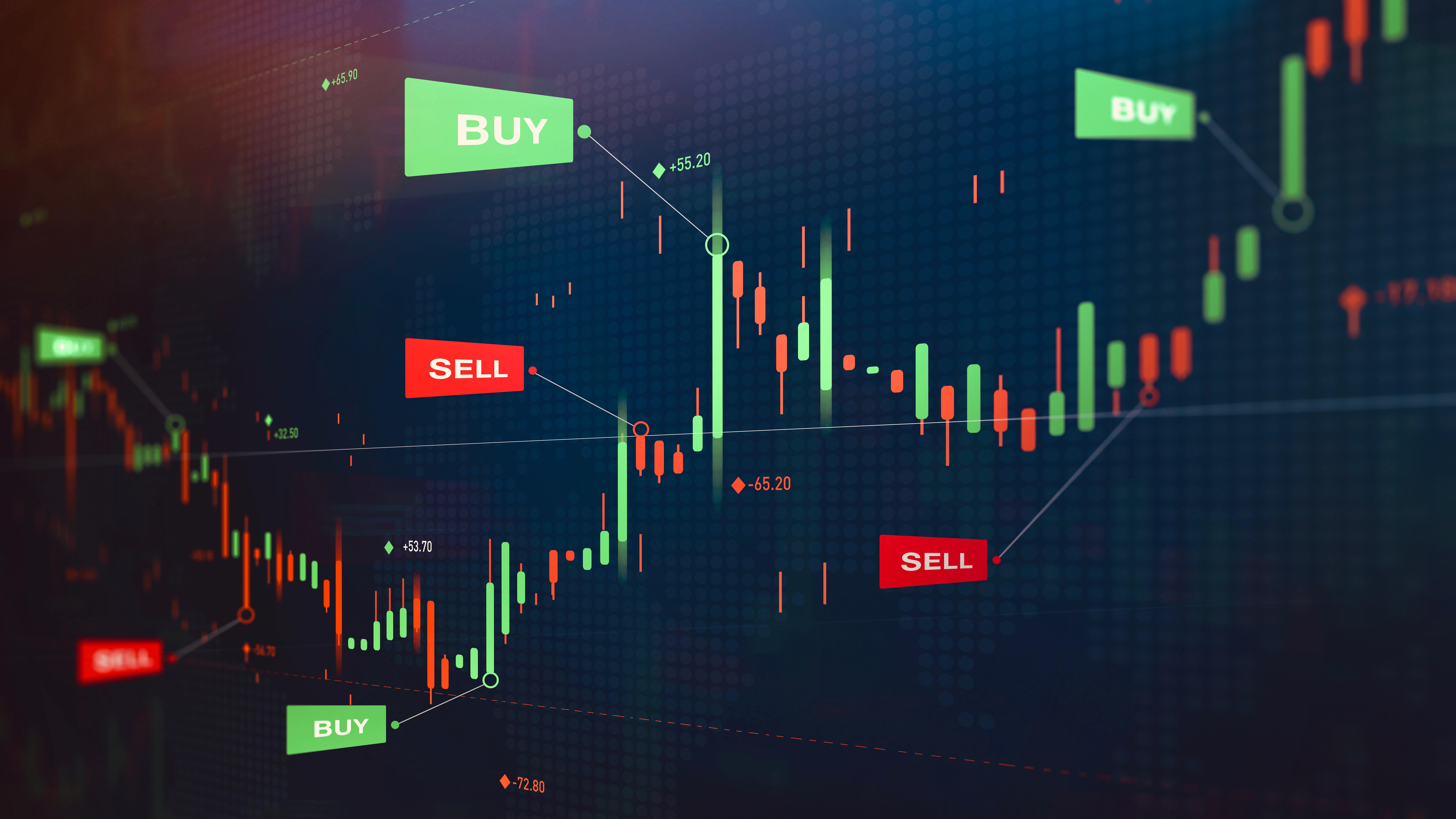JPMorgan and Bank of America: Time to Buy Stocks
In August, JPMorgan Chase (JPM) and Bank of America Merrill Lynch (BAC) suggested that investors not buy just yet. Their opinions are now changing.
Sept. 3 2019, Updated 2:41 p.m. ET

In August, JPMorgan Chase (JPM) and Bank of America Merrill Lynch (BAC) suggested that investors not buy at the stock market dip just yet. As reported by CNBC on August 19, JPMorgan Chase strategists led by Mislav Matejka wrote, “At the overall market level, we continue with our tactical cautious stance, advocating a market pullback during August.” They suggested that September should provide a good entry point to investors due to expectations of central banks easing and better seasonal data. While Fed chair Jerome Powell has said the Fed would “act as appropriate” to support the economy, we have yet to see improved data. IHS Markit released its US PMI data today, reinforcing slowdown fears.
JPMorgan Chase: Time to buy risk assets
Bloomberg reported yesterday that JPM strategists think it might finally be time to get into stocks and other risk assets. Bloomberg reported, “Positive technical indicators and monetary easing will likely outweigh the uncertainty of the U.S.-China trade war and the ‘wild card’ of developments in tariff negotiations, according to JPMorgan.”
JPMorgan Chase strategists wrote, “We now advise to add risk back again, tactical indicators have improved.” They added, “Admittedly, the next trade move is the wild card to all of this, but we think that the hurdle rate for any positive development is quite low now.” While that could be the case, several unknowns remain in US-China trade negotiations. The negotiations could create a downside for markets, instead of an upside.
A total collapse of those talks and the resumption of all US-China tariffs on December 15 (as scheduled) could, in fact, be negative for markets. Things don’t look any better after Trump took to Twitter today, saying, “And then, think what happens to China when I win. Deal would get MUCH TOUGHER!”
Economies and stocks stayed rocky in August
August was volatile for equity markets and economies around the globe. Furthermore, the yield curve inverted for the first time since 2007, raising recession concerns. Last month, the US manufacturing PMI fell below 50 for the first time since the 2009 financial crisis, and US-China trade tensions escalated with each side announcing new tariffs. After China retaliated in response to US tariffs, Trump told US companies to look for an “alternative to China.”
Escalating trade war tensions hit stocks
Despite volatility rising in August, US markets rebounded at the end of the month as the US and China calmed markets by saying they are still negotiating. The Dow Jones Industrial Average (DIA), S&P 500 (SPY), and Nasdaq Composite (QQQ) fell 1.6%, 1.7%, and 1.9%, respectively, in August.
Amid the US-China trade war, US semiconductor stocks (SMH) have perhaps been the hardest hit. Qualcomm (QCOM), Intel (INTC), Broadcom (AVGO), NVIDIA (NVDA), and Micron (MU) have all been pressured due to Trump’s changing stance on Huawei doing business with US companies.
In August, BAML (Bank of America Merrill Lynch) strategist Stephen Suttmeier suggested we haven’t hit rock bottom yet. CNBC summarized his two requirements for that: “The S&P 500 needs to fall another 5% and panic needs to get more extreme.” While the S&P 500 has dropped 5% since August 18 (when Suttmeier made his prediction), BAML has been more constructive on stocks based on one indicator.
Could it be time to buy?
Based on this indicator, BAML strategist Michael Hartnett thinks that now might be the time to get back in. As reported by Barron’s, “The bank’s investor position indicator, which tracks 18 measurements on asset flow, sentiment, and price, is falling below 2.0 for the first time since January—a level that signals that investor positions are extremely bearish and triggers a contrarian buy signal for risk assets.”
This development may mean that the S&P 500 could retest its all-time high of 3,000. The bank, however, also cautions that there is a downside risk related to the asset bubble, which could lead to recession. An asset bubble usually happens when prices of some assets become inflated based on what their fundamentals and expected cash flow suggest. The key cause of the 2008 financial crisis was the housing bubble bursting. BAML suggests that this time, surging bond prices may be causing the asset bubble.
Not everyone is bullish
Not all investment banks and prominent investors are bullish on stocks. In fact, On August 26, Bloomberg reported that UBS Global Wealth Management became underweight on equities. The bank’s bearishness is mainly due to trade tensions escalating. These tensions, according to UBS, call for investors to reduce risk in their portfolios. Due to trade war uncertainty, many companies have cut back on investments. S&P Global expects US corporate spending to grow by just 3% this year after growing 11% last year.
Morgan Stanley (MS) also downgraded stocks from “equal-weight” to “underweight” in July. The bank sees limited upside for markets, and doesn’t think the Fed or other central banks could bring them out of a downturn. This thought was echoed by “bond king” and DoubleLine CEO Jeffrey Gundlach. To learn more, read Gundlach: Fed Has Lost Control-Where Is He Investing?
